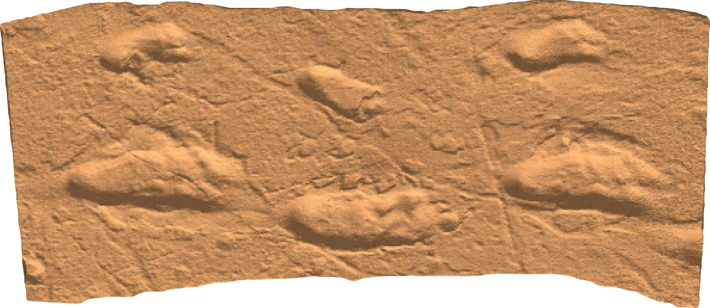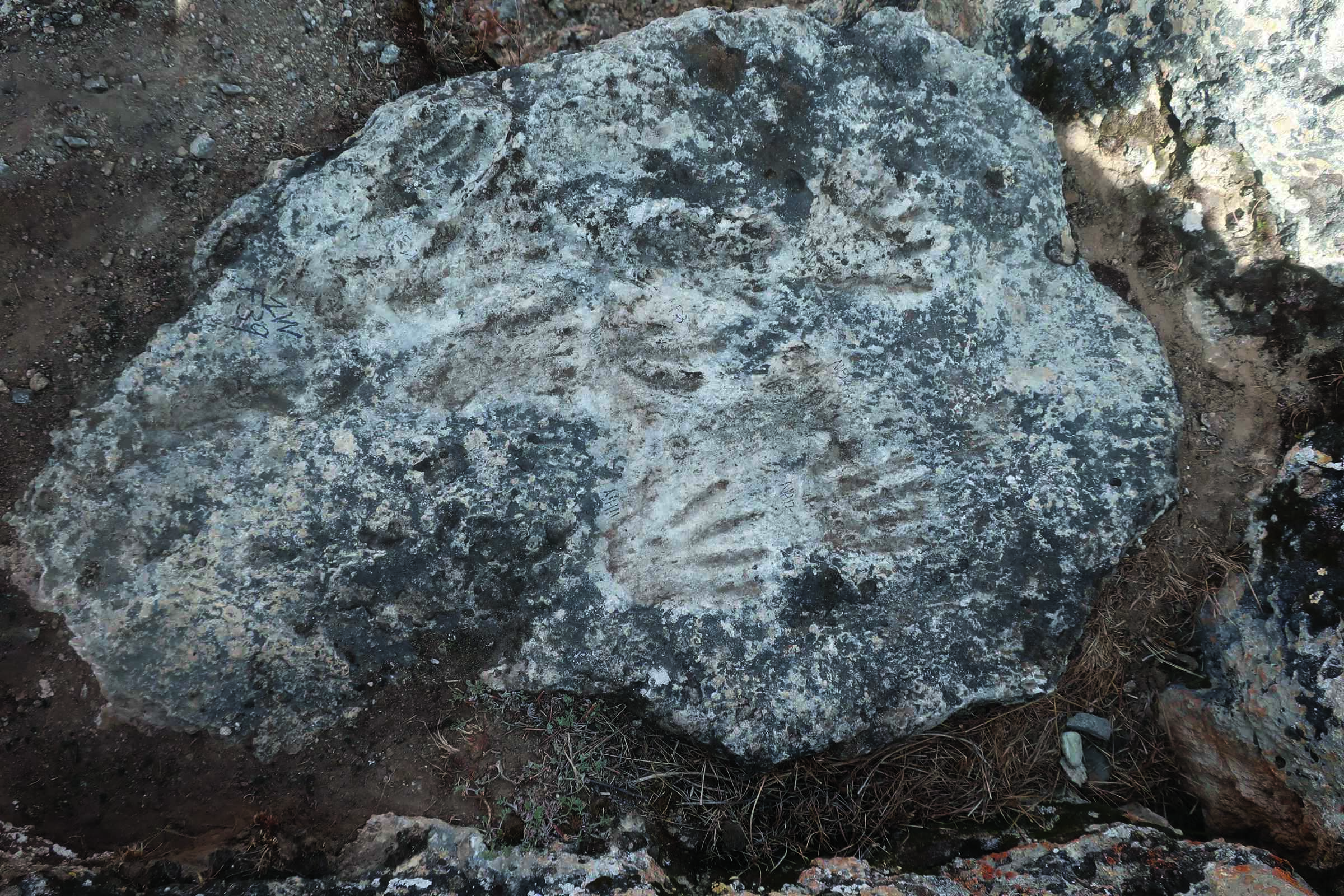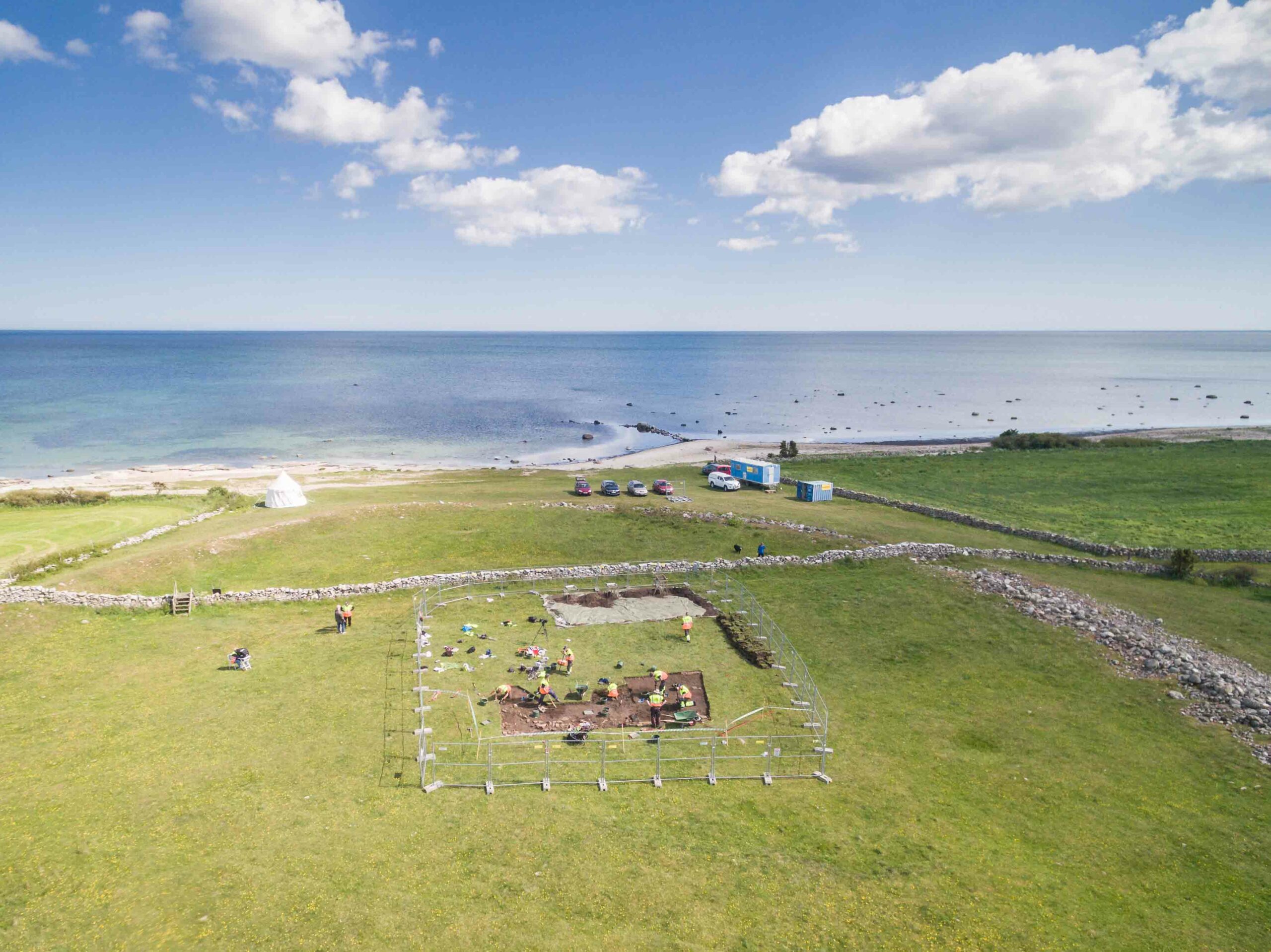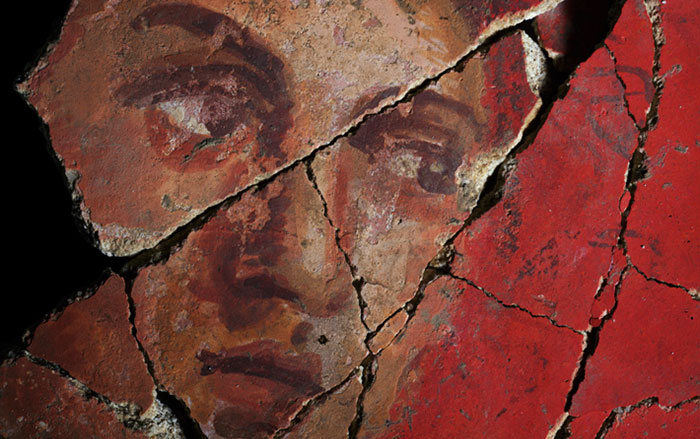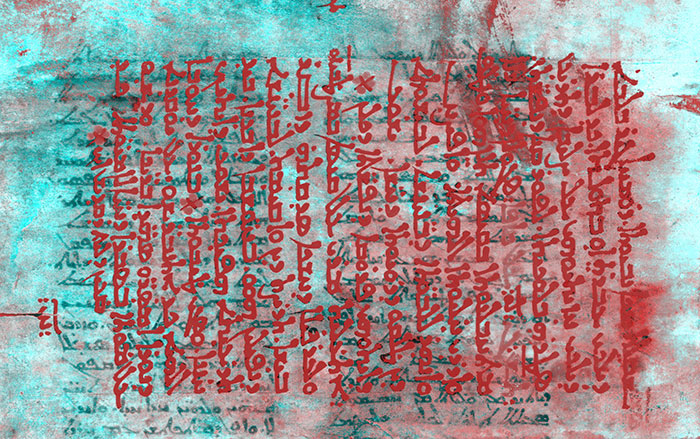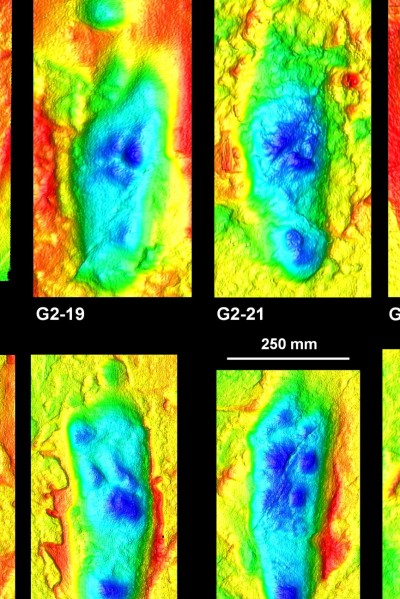
DORSET, ENGLAND—Human ancestors may have had a modern, upright gait earlier than had been previously thought, according to research conducted by archaeologists from Bournemouth University. Sedimentologist Matthew Bennett used computer software developed for analyzing crime-scene footprints to create and analyze 3-D images of the 3.6 million-year-old hominin footprints preserved in Laetoli, Tanzania, and discovered in the 1970s. Archaeologists had only been able to make detailed casts of the prints of one individual for study. The Independent reports that the software has helped the research team to disentangle the rest of the overlapping footprints, and to provide insight into the size and gait of the walkers. The team now thinks that the prints were left by a total of four individuals who had been walking in pairs at a pace of about two miles per hour. The leading pair is thought to have been a male and a female, followed by a pair of males. “Understanding a range of footprints tells us more about a species and the variations within its population,” Bennett said. For more, go to "England's Oldest Footprints."


